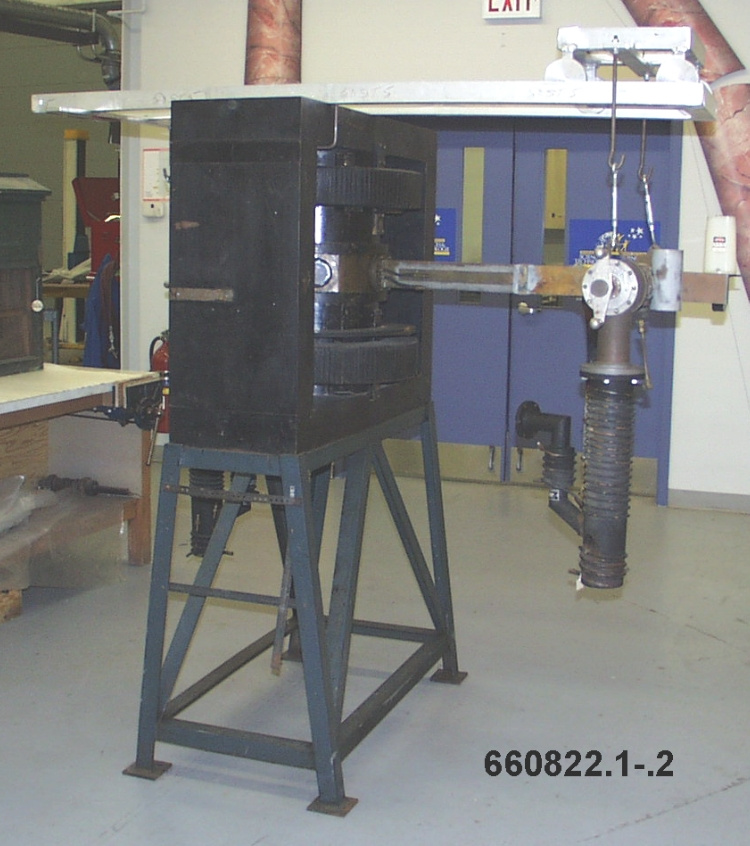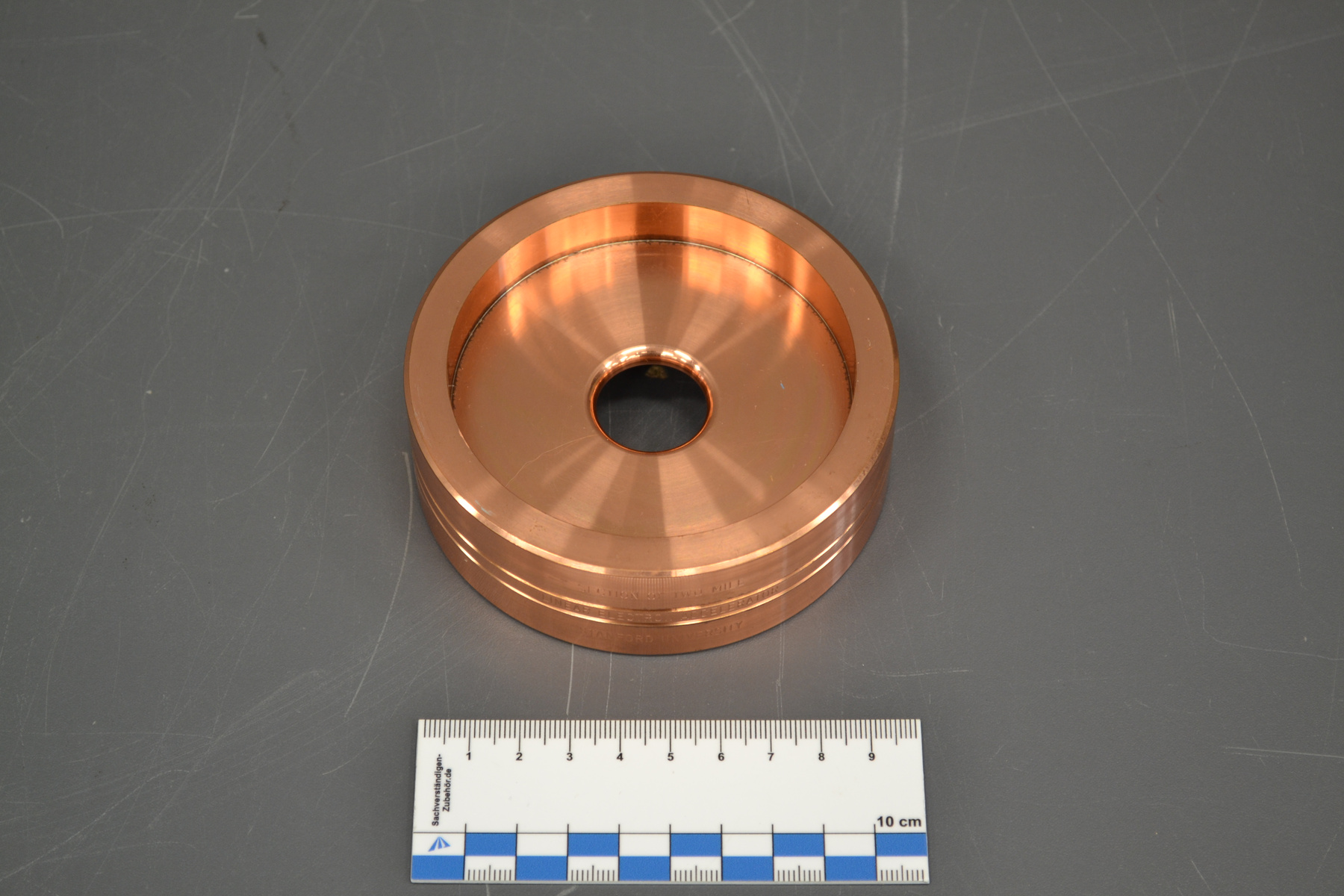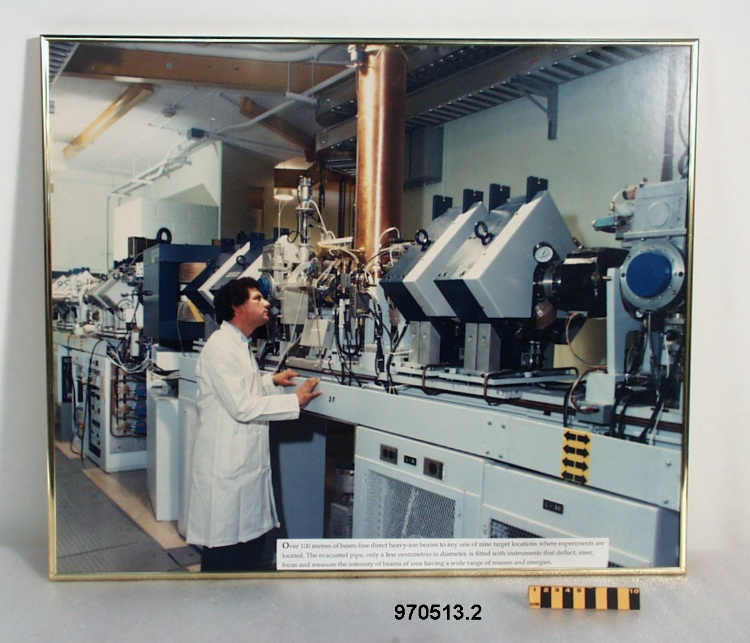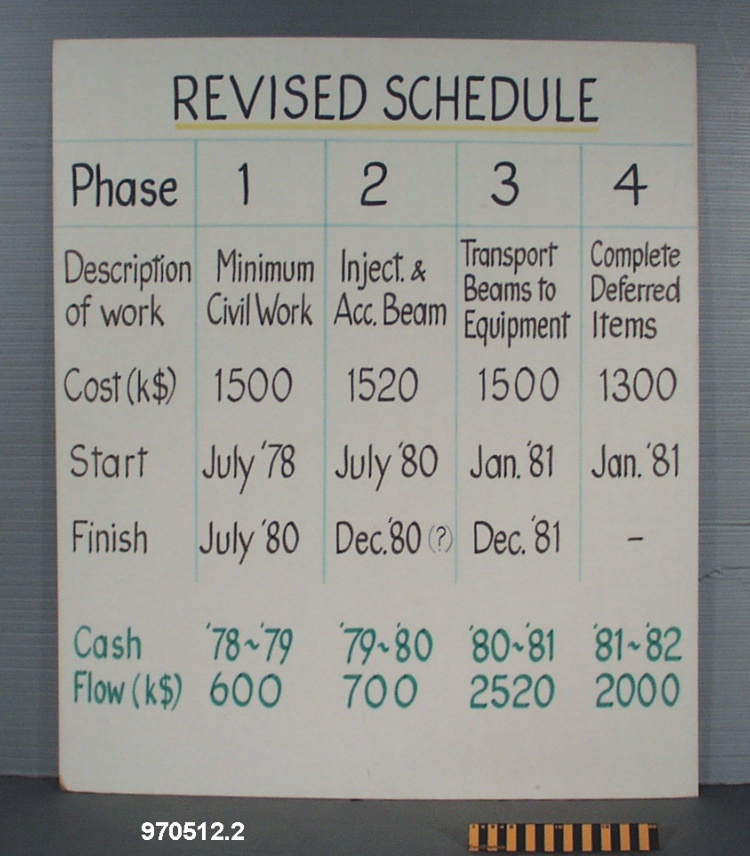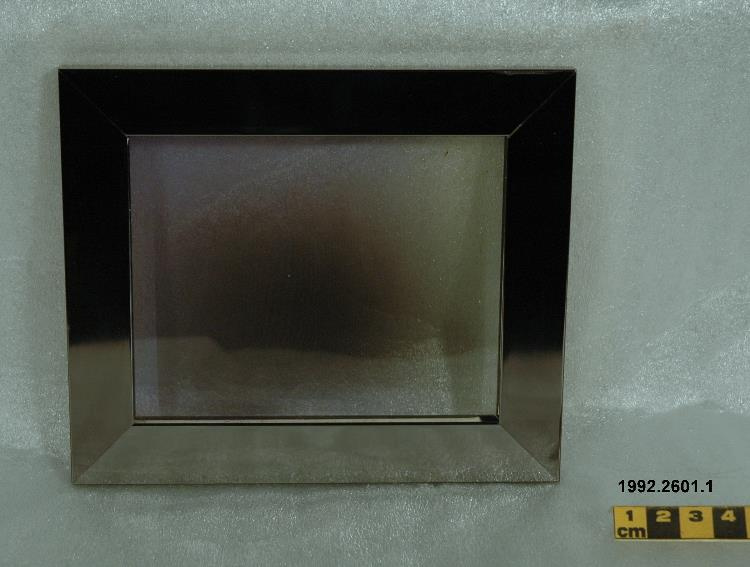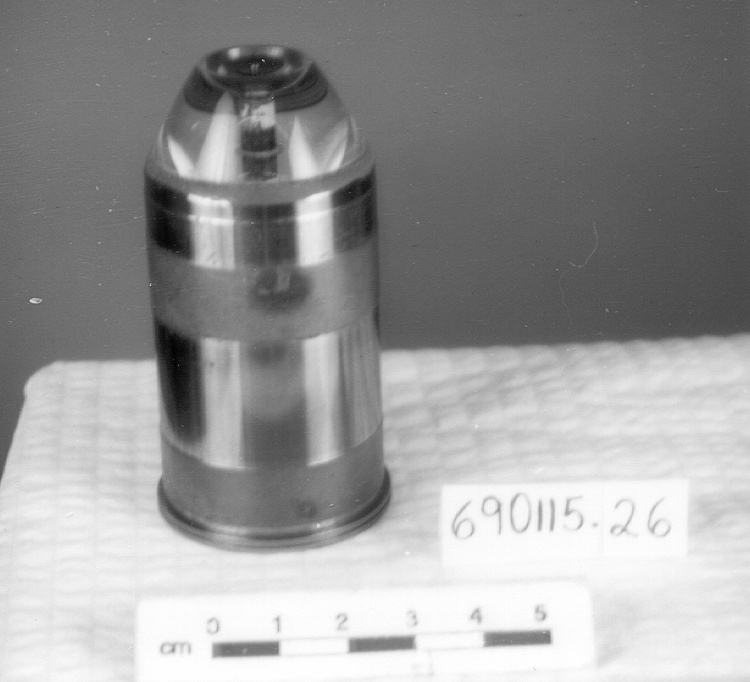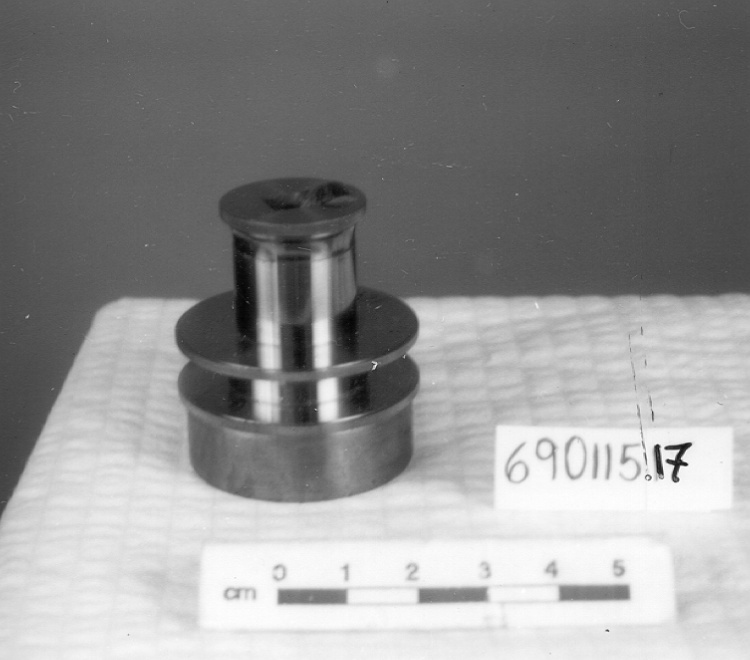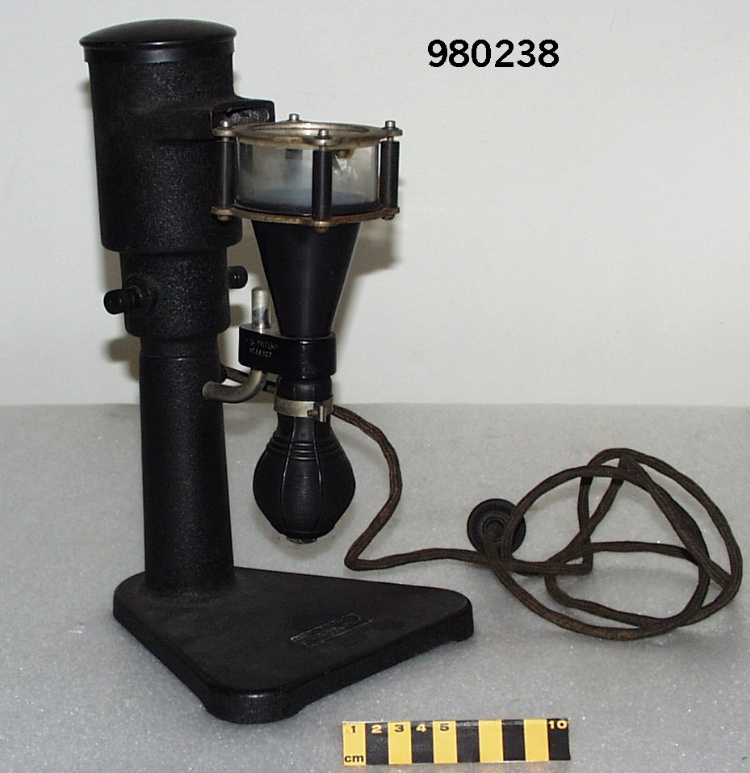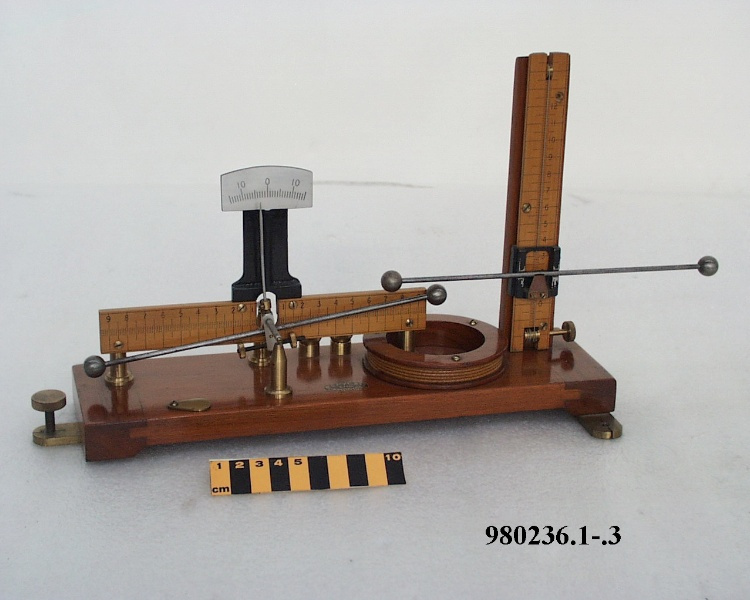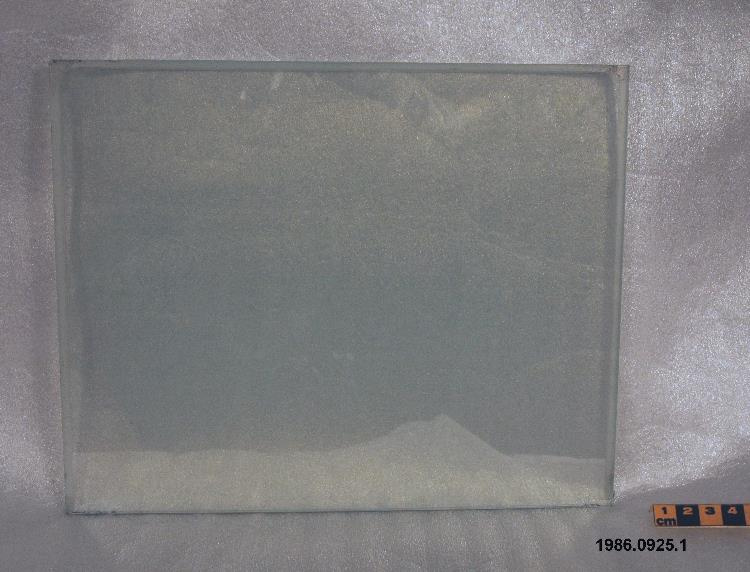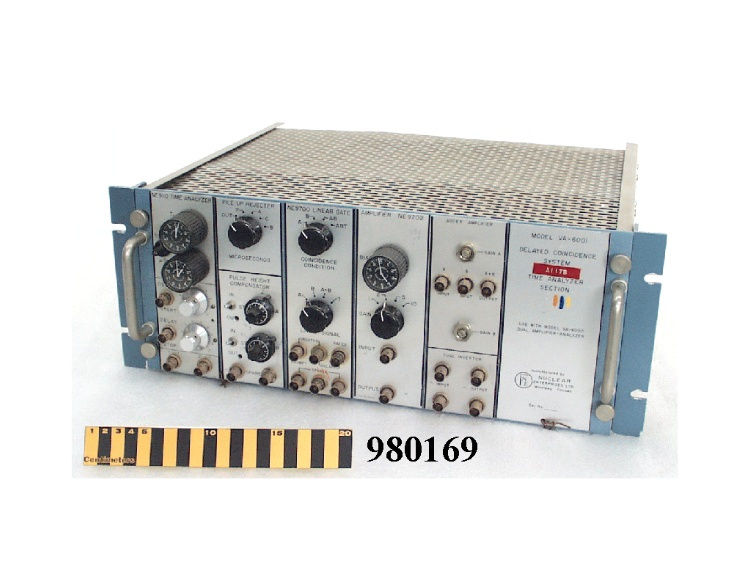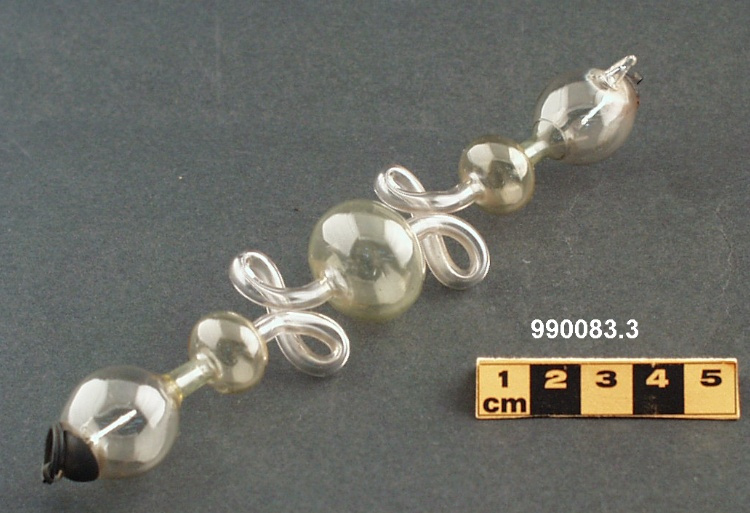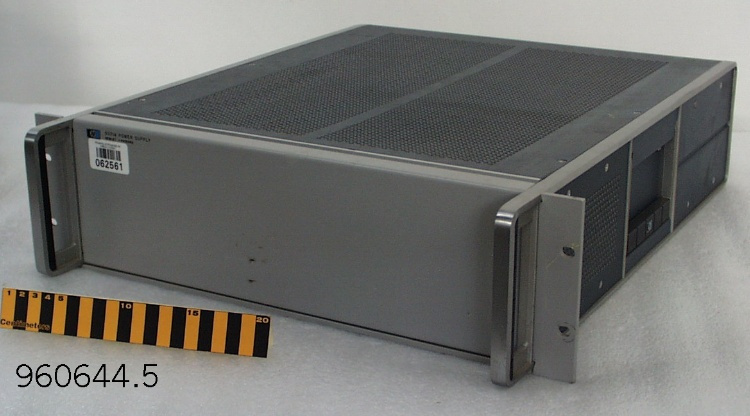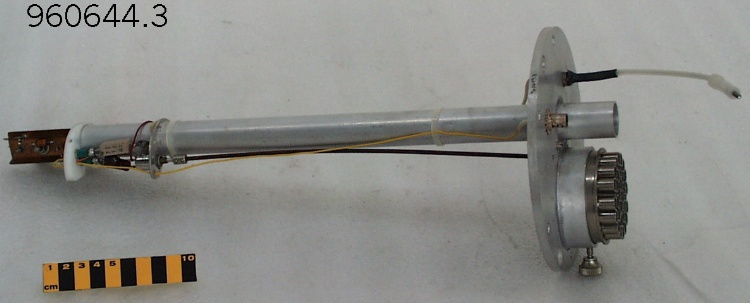Magnet
Use this image
Can I reuse this image without permission? Yes
Object images on the Ingenium Collection’s portal have the following Creative Commons license:
Copyright Ingenium / CC BY-NC-ND (Attribution-NonCommercial 4.0 International (CC BY-NC 4.0)
ATTRIBUTE THIS IMAGE
Ingenium,
2018.0246.001
Permalink:
Ingenium is releasing this image under the Creative Commons licensing framework, and encourages downloading and reuse for non-commercial purposes. Please acknowledge Ingenium and cite the artifact number.
DOWNLOAD IMAGEPURCHASE THIS IMAGE
This image is free for non-commercial use.
For commercial use, please consult our Reproduction Fees and contact us to purchase the image.
- OBJECT TYPE
- N/A
- DATE
- 1969
- ARTIFACT NUMBER
- 2018.0246.001
- MANUFACTURER
- Unknown
- MODEL
- Cyclotron Mark IV-I
- LOCATION
- Unknown
More Information
General Information
- Serial #
- N/A
- Part Number
- 1
- Total Parts
- 1
- AKA
- Magnet Model
- Patents
- N/A
- General Description
- Sector of the Mark VI-1 1: 20 scale magnet model. Section du modèle à échelle 1: 20 de l'aimant MARK VI-1.
Dimensions
Note: These reflect the general size for storage and are not necessarily representative of the object's true dimensions.
- Length
- 35.0 cm
- Width
- 15.0 cm
- Height
- 50.0 cm
- Thickness
- N/A
- Weight
- N/A
- Diameter
- N/A
- Volume
- N/A
Lexicon
- Group
- Physics
- Category
- Magnetism
- Sub-Category
- N/A
Manufacturer
- AKA
- Unknown
- Country
- Unknown
- State/Province
- Unknown
- City
- Unknown
Context
- Country
- Canada
- State/Province
- British Columbia
- Period
- Used from the time of manufacturing in 1969 until the time of this acquisition in 2018. Utilisé du temps de production en 1969 jusqu'au temps de cette acquisition en 2018.
- Canada
-
TRIUMF is Canada's national particle accelerator centre. It began in 1968 as the Tri-University Meson Facility, a consortium of UBC, Simon Fraser and the University of Victoria. It is now made up of over twenty university partners from across Canada, with hundreds of international collaborators. TRIUMF resulted from a confluence of West Coast influences which was part of a larger geographical shift in Canadian physics during the 1960s and 70s. Manitoba developed a pioneering, but small cyclotron at this time; the University of Saskatchewan also developed a Linear Accelerator which is now the National Synchrotron. The broader American-Canadian West Coast context was important as well. According to Manitoba-born physicist Eric Vogt, there was important cross-fertilization between Berkeley, where Ernest Lawrence had invented the cyclotron, and the physics community at British Columbia. For over 50 years, TRIUMF scientists have produced significant results in basic accelerator research, as well as applications in nuclear medicine and material science such as PET scanning and medical isotopes. Over this same time period, TRIUMF has had a large influence on the development of Canadian physics. Hundreds of scientists have trained at TRIUMF, leading to careers in particle physics throughout Canada and the world. Next to Chalk River, TRIUMF would be considered Canada's top nuclear facility. - Function
-
TRIUMF scientist built this 20:1 magnet model, the core of the cyclotron, to take initial measurements of the magnetic field for better understanding the particle beam behaviour. Scientists and engineers used this working experimental model to test and model magnetic effects on the accelerated particles. These tests were crucial for the development of the full-size cyclotron, still the largest of its kind in the world. - Technical
-
Massive magnets are at the core of an accelerator. These magnets accelerate and focus particle beams, in this case ions up to 75% the speed of light. The design and manufacture of the TRIUMF main cyclotron magnets required the use of working scale models. Physicists would measure the magnetic field inside the model and compare these measurements to the beam dynamics codes, which are a series of software codes developed to model the beam effects. The displayed magnet sector is one of the 12 sectors used for the 1:20 scale model: six on the top, and six on the bottom. TRIUMF scientists and the Canadian engineering consulting firm, Dilworth, Secord, Meagher and Associates used the subsequent experimental results as a basis for drawing up their detailed design for the cyclotron magnet. A 1:10 scale model was later created to refine the design, which eventually led to the 4000-tonne magnets used in the cyclotron today. The striking aesthetics of this magnet sector with its curves, dimensions and graded contours, derives from the physical and mathematical parameters that make up cyclotron design. Relying on years of cyclotron experience, TRIUMF scientists created this unique design through a mixture of theory, mathematical calculations, computer processing, material science, experimenting and engineering. - Area Notes
-
Unknown
Details
- Markings
- N/A
- Missing
- Appears complete.
- Finish
- Sector of magnet model made from a composition of metals such as irons and most likely nickel. The magnet model has numerous curves and a graded outside contour with a dark grey body. The outside of the magnet model has numerous silver metal screws and nuts. Certain sections of this magnet model, particularly the proper right side, has some orange discoloration due to rust. Section du modèle d'aimant fabriqué d'une composition de métal comme le fer et probablement le nickel. Le modèle d'aimant a plusieurs différentes courbes et un extérieur a plusieurs niveaux et un corps de couleur gris foncé. L'extérieur du modèle d'aimant a plusieurs vis et d'écrous en métal argentés. Certaines sections du modèle d'aimant, particulièrement le côté droit, a de la décoloration orangée en raison de rouille.
- Decoration
- N/A
CITE THIS OBJECT
If you choose to share our information about this collection object, please cite:
Unknown Manufacturer, Magnet, circa 1969, Artifact no. 2018.0246, Ingenium – Canada’s Museums of Science and Innovation, http://collection.ingeniumcanada.org/en/id/2018.0246.001/
FEEDBACK
Submit a question or comment about this artifact.
More Like This



